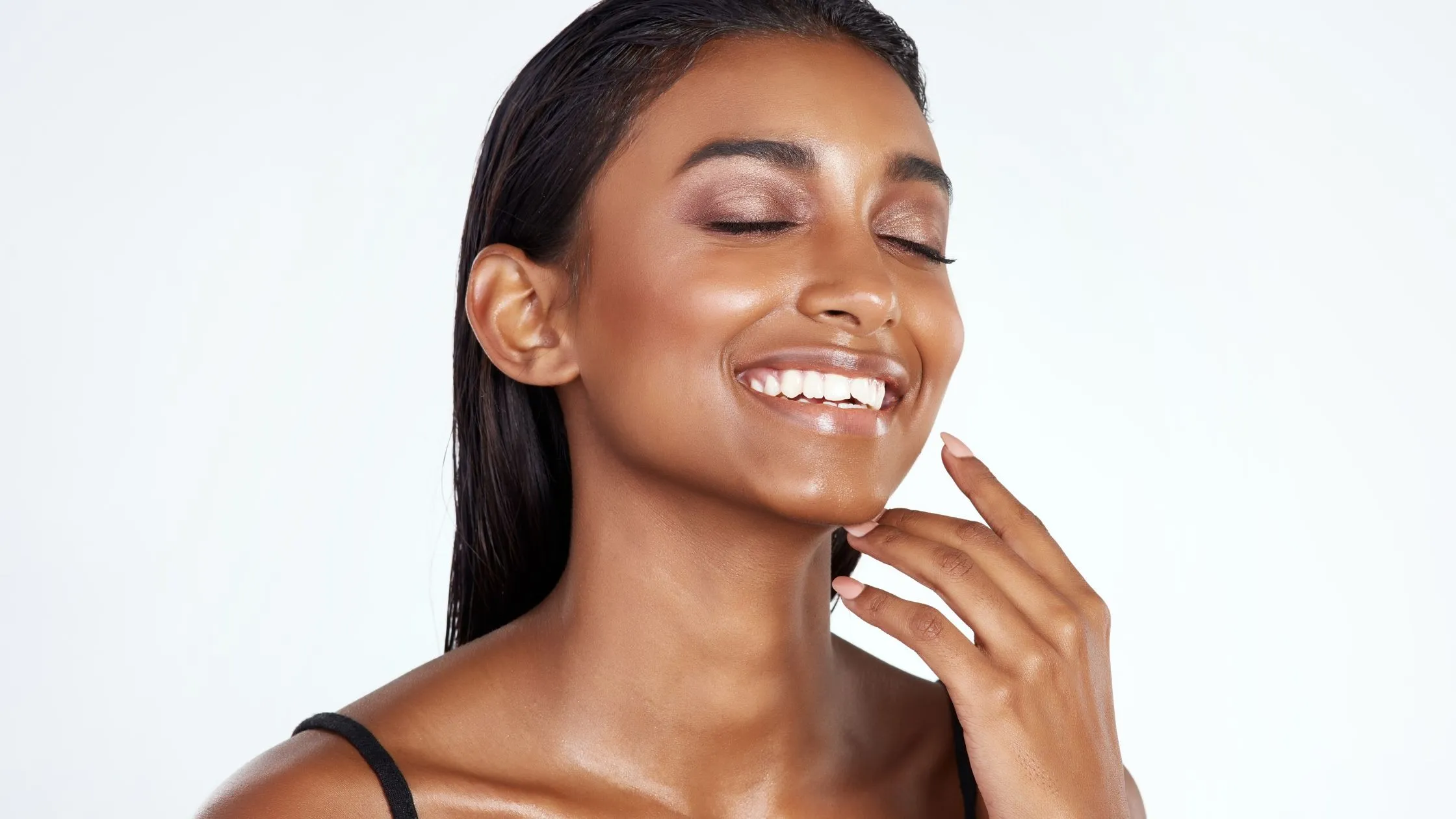Pat or Rub Sunscreen: The Best Application Method


When it comes to skincare, few products are as essential as sunscreen. It protects your skin from harmful UV rays, helping to prevent sunburn, skin cancer, and premature aging. But did you know that the way you apply sunscreen can impact its effectiveness? The debate between patting and rubbing sunscreen is a hot topic among skincare enthusiasts. Let’s explore whether it’s better to pat or rub sunscreen and how to ensure you’re getting the most out of your sun protection.
Applying sunscreen may seem straightforward, but there’s more to it than just slathering it on. The primary goal of sunscreen is to create a protective barrier on your skin, which can be influenced by how you apply it. Rubbing sunscreen in can help it absorb into the skin, but over-rubbing might reduce its effectiveness. On the other hand, patting it on may allow for a lighter application that minimizes product loss.
Rubbing sunscreen into your skin has its advantages. When you rub, you can ensure that the product is evenly distributed across your skin. This thorough application can help avoid patches that might not receive adequate protection. However, excessive rubbing can lead to a few drawbacks:
Patting sunscreen onto your skin is a gentler method that has gained popularity. Here are some benefits of this technique:
Experts in dermatology have weighed in on the pat versus rub debate. Some suggest that a combination of both techniques might be the best approach. Start by applying a generous amount of sunscreen to your skin and then use a gentle patting motion to help it settle in. This method allows for even distribution while avoiding excessive friction.
Regardless of whether you choose to pat or rub, here are some tips to ensure you’re applying sunscreen effectively:
Your skin type can also influence how you should apply sunscreen. For instance, if you have oily skin, you might prefer a lightweight, gel-based sunscreen that absorbs quickly. On the other hand, those with dry skin may benefit from a creamier formula that provides extra hydration. Understanding your skin’s needs can guide you in selecting the right sunscreen and application method.
Integrating sunscreen into your daily skincare routine is crucial for long-term skin health. Here’s how to make it a seamless part of your regimen:
Yes! There are many setting sprays and powders with SPF that can be used over makeup for reapplication throughout the day.
Absolutely! UV rays can penetrate clouds, so it’s essential to wear sunscreen every day, regardless of the weather.
While you can mix sunscreen with moisturizer, be cautious as it may dilute its effectiveness. It’s best to apply them separately.
As you explore the world of sunscreen, consider your unique skin needs. For melanin-rich skin, look for lightweight formulas that provide high protection without leaving a white cast. Products with added benefits, like those containing salicylic acid or tea tree oil, can help with acne-prone skin while offering sun protection.
MelaMe™ Complex is advanced skincare engineering from the house of Asaya. This melanin-first molecule has been designed to visibly treat discolouration and restore pigment balance in your skin within 2 weeks of regular use–tested and proven.
It works on existing dark spots by breaking excess melanin deposits down into re-absorbable amino acids. MelaMe™ further inhibits excess melanin production, thereby fading and preventing blemishes, and bringing even-toned, clarified skin. It restores skin more effectively, uniformly, and much faster than other ingredients used to treat hyperpigmentation.
Whether you choose to pat or rub your sunscreen, the key is to apply it generously and consistently. Understanding your skin type, the products you’re using, and how to apply them effectively will empower you to take control of your skincare routine. Remember, protecting your skin today can lead to healthier, more radiant skin tomorrow. Embrace your unique journey towards self-discovery and well-being, and let your authentic self shine through.